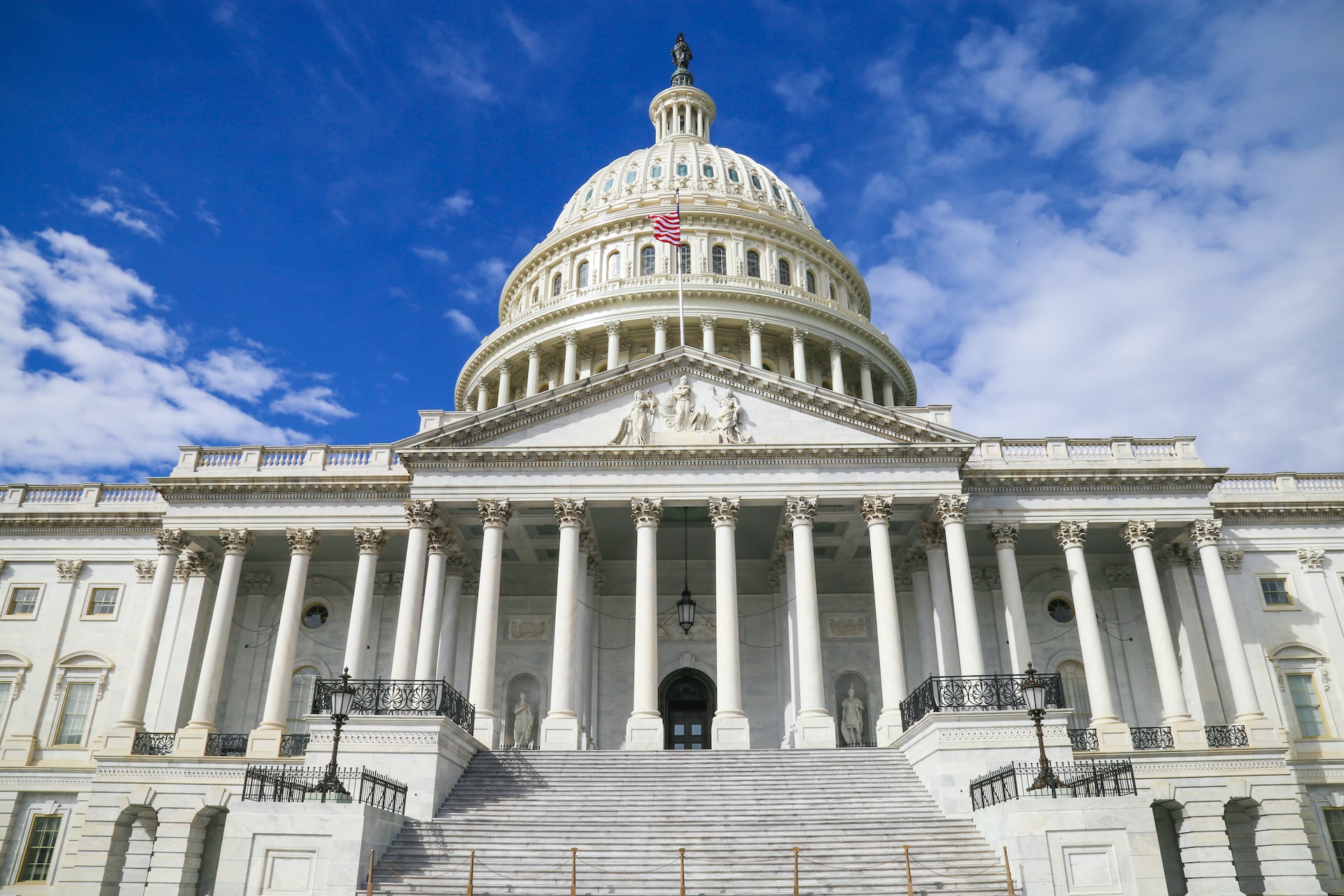


SECURE 2.0
Last month, when Congress signed into law the omnibus spending bill “Consolidated Appropriations Act,” the expanded retirement planning provisions in SECURE 2.0 went into effect. Congress in essence voted in favor of expanding retirement coverage to more Americans by revising existing rules about retirement savings. SECURE 2.0 builds upon the Setting Every Community Up for Retirement Enhancement Act (SECURE Act), which had been passed in 2019.
These new provisions offer some important benefits to both plan sponsors and their employees – each designed to make it more attractive for employers to offer retirement plans and to improve the retirement outcomes of their employees. Here is a summary of some key provisions.
Automatic Enrollment. Come 2025, employers implementing new retirement plans will be required to automatically enroll employees at a rate of at least 3% but not more than 10%. Companies in business for less than three years and businesses with 10 or fewer workers are excluded from this requirement.
Required Minimum Distributions (RMDs). Starting this year, the age requirement to begin taking RMDs will increase from age 72 to age 73. In 2033, it will increase to 75. In addition, the penalty for not taking an RMD is reduced to 25% and in some cases to 10%, from 50%. In addition, beginning in 2024, the pre-death required minimum distribution requirement for Roth 401(k) accounts will be eliminated.
Catch-up Contributions. As of this year, participants aged 50 and older can contribute an extra $7,500 annually into their 401(k) account. This amount will increase to $10,000 per year starting in 2025 for participants aged 60 to 63. Catch-up provisions will be indexed for inflation and effective January 1, 2024, all catch-up contributions for participants earning more than $145,000, will have to be made on a Roth basis.
Long-term, Part-time Employees. The SECURE Act required that long-term, part-employees (those who worked between 500 and 999 hours for three consecutive years) be eligible to participate in their company’s retirement plan. Under the new law, that requirement is reduced to two years in 2025.
Student Loan Debt. Beginning in 2024, student loan payments could count as retirement contributions for the purpose of qualifying for matching contributions in a workplace retirement account. This means employers will be able to make contributions to their company retirement plan on behalf of employees who are paying student loans instead of saving for retirement.
Emergency Savings. Plan participants will generally be able to withdraw up to $1,000 per year from their retirement savings account for emergency expenses without having to pay the 10% tax penalty for early withdrawal if they’re under age 59½. In addition, companies may allow employees to set up an emergency savings account through automatic payroll deductions. These contributions would be limited to $2,500.
Saver’s Match. Beginning in 2027, low to middle-income employees will be eligible for a federal matching contribution of up to $2,000 per year that must be deposited into their retirement savings account. The match phases out based on income and tax-filing status. This match replaces the current Saver’s Credit.
The SECURE 2.0 provisions address changes in our generationally diverse American workforce providing employer-sponsored retirement planning more flexibility and incentives to save. Some of these changes are already in effect. Contact Newcleus Retirement Advisors for details on how these new provisions can enhance retirement planning for your employees and your organization.
